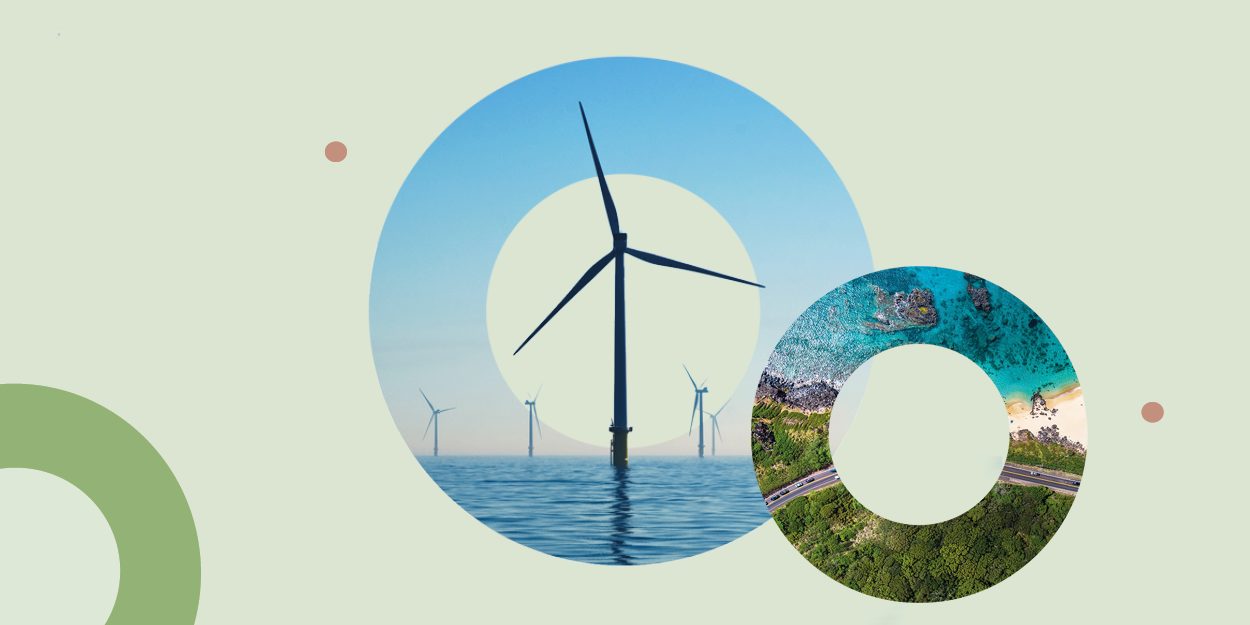In Short: Policy makers aiming for net-zero goals should align their commitments with the assumptions and criteria of science-based 1.5°C scenarios. This means adopting policies and strategies in line with the Intergovernmental Panel on Climate Change (IPCC) recommendations, ensuring that emissions reductions are consistent with limiting global warming to 1.5°C above pre-industrial levels. Policymakers should prioritize renewable energy adoption, energy efficiency, reforestation, and sustainable agricultural practices. By adhering to scientifically-grounded pathways, governments can make informed decisions, accelerate climate action, and contribute significantly to mitigating climate change impacts.
In Detail : Action to step up net-zero ambition by accelerating cuts in emissions is needed from all to secure the global climate objectives, i.e., achieving net-zero CO₂ emissions by 2050. A common, comparable, and transparent approach is essential in this endeavour and the role of financial institutions will be key to the transition as they directly impact the real economy through their loan and investment activities. Credible net-zero pledges from banks, insurers and investors are imperative to keep the 1.5°C goal within reach, and policymakers have a crucial role to play in this transition.
This article presents UNEP FI’s second recommendation on credible net-zero commitments as outlined in a UNEP FI input paper to the G20. The 11 recommendations alongside this series of articles aim to support policymakers in understanding the progress to date and how to scale up the global transition to a net-zero economy. Read the first article here.
Immediate actions for realistic chances
Alongside setting targets and commitments that align with the science based, no/low overshoot 1.5°C scenarios of the Intergovernmental Panel on Climate Change (IPCC) [1], it is essential to align decision-making and actions with the underlying assumptions and criteria as soon as possible.
For financial institutions, emission reductions can be achieved through shifting portfolio or loan book allocations. However, such investment or divestment decisions should align with the assumptions in the scenarios. For example, divesting from large holdings in oil and gas companies may come close to what is required by no/low overshoot 1.5 °C scenarios in terms of percentage decrease in portfolio carbon, but for 1.5 °C to be achieved those scenarios will also require investments in certain technologies and sectors. Reinvestment should then reflect the scenario assumptions (such as investments to rapidly decarbonise energy utilities which feed other sectors).
Sector pathways to net-zero
As financial institutions support real-economy companies across diverse sectors, it is essential for them to consider both individual sector trajectories as well as portfolio-weighted trajectories. Each sector has its distinct technological pathways, varying capacities and timelines.
Did you know?
According to the International Energy Agency, the global CO₂ emissions from energy combustion and industrial processes grew in 2022 to a new all-time high, suggesting that the peak of emissions has not yet been reached and abrupt action needed. Yet 2022 emissions were not as high as some expected due to the energy crisis, and in September 2023, IEA chief suggested for the first time that the world will reach peak fossil fuel emissions before 2030, driven by the economic realities of clean energy technology.
According to the International Energy Agency, coal still supplies just over a third of global electricity generation even though it is the most carbon-intensive fossil fuel.
According to the IPCC, digital technologies and artificial intelligence can improve energy management in all sectors as it can increase energy efficiency and promote the adoption of many low-emission technologies, including decentralised renewable energy.
The utilities sector needs to achieve net-zero sooner as it enables other sectors to decarbonise, such as electric mobility or low-carbon steel production.
A keen emphasis is needed on phasing out fossil fuels as the existing infrastructure exhausts the remaining carbon budget. Ceasing any new fossil fuel investments and transitioning from fossil fuel-based energy to renewable energy are therefore key to ensure alignment with the 1.5°C no/low overshoot scenarios. According to the Global Energy Monitor, phasing out coal power alone by 2040 would require an average of 117 gigawatts of retirements per year, or four and a half times the capacity retired last year. Accounting for coal plants under construction and in consideration (537 gigawatts) would require even steeper cuts.
In conclusion, immediate action is required to have a realistic chance of limiting global warming to 1.5°C. Financial institutions that align with the assumptions and criteria of the 1.5°C no/low overshoot scenarios as soon as possible will demonstrate credible net-zero commitment. Considering the net-zero pathways of each sector individually, as well as in their aggregate effect, in the short, medium and long term is essential.
Policymakers can support financial institutions by implementing science-based sectoral transition pathways aligned with 1.5°C no/low overshoot scenarios. This will support financial institutions with target setting, transition planning and implementation, benchmarking of clients and portfolios, and ultimately, their portfolio and loan book allocations. As such, policymakers indirectly enable a more efficient deployment of transition finance. Let’s embed climate alignment to appropriate science today to secure our future.

